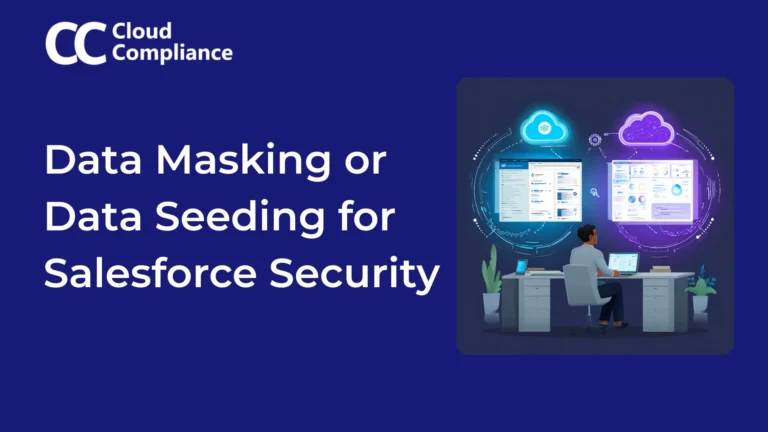
Data Masking vs Data Seeding in Salesforce: Which Approach Actually Protects Your Sensitive Data?
Data masking vs data seeding: Which approach keeps your Salesforce sandbox secure while enabling development teams?
Salesforce provides businesses with the ability to protect their data from unauthorized access, both through Salesforce Shield Encryption and Sandbox Data Masking with DataMasker.
But what is the difference between these two?
In this blog post, we'll look at how Salesforce Shield Encryption and Salesforce Data Masking differ so that you can decide which data protection option is best for your business.
You may also decide that you need both.
Salesforce Shield Encryption is a data security solution offered by Salesforce that provides an extra layer of protection for sensitive customer data.
With Salesforce Shield Encryption, customer data is encrypted at the field level and stored in an encrypted format.
This means customer data is rendered unreadable while in transit and at rest, preventing unauthorized access to sensitive data.
It also includes options for data masking and other data security features, allowing customers to define what fields are encrypted or masked depending on their security needs.
As a result, Salesforce Shield Encryption ensures that customer data is safe and secure, giving customers peace of mind knowing that their data is always protected.
Salesforce Sandbox Data Masking with native tools like DataMasker is designed to help protect sensitive customer and company information in the sandbox.
DataMasker automatically replaces confidential data in Sandbox with safe, anonymized versions of the same information, ensuring that the data remains secure while still being accessible for testing, development, and training purposes.
Data masking is an important part of any organization’s data security plan, as it can help protect against data breaches, malicious activity, and other forms of unauthorized access.
With DataMasker, organizations can protect their data and ensure that only authorized personnel have access to sensitive information.
Salesforce Shield Encryption and Sandbox Data Masking are two different methods used to protect data in a Salesforce environment.
While both are effective data security measures, there are key differences between the two.
Salesforce Shield Encryption is an encryption-based solution that works on production Salesforce orgs.
It provides enhanced security for sensitive customer data stored within the org. Shield automatically encrypts all data stored in Salesforce fields and custom objects marked as “Encrypted”.
This encrypted data is then securely stored in the Salesforce database and can only be decrypted by the Salesforce user/Org that has access to the decryption key.
On the other hand, DataMasker is a solution used only on Salesforce sandbox orgs.
DataMasker masks sensitive data stored in sandbox orgs to protect it from unauthorized access.
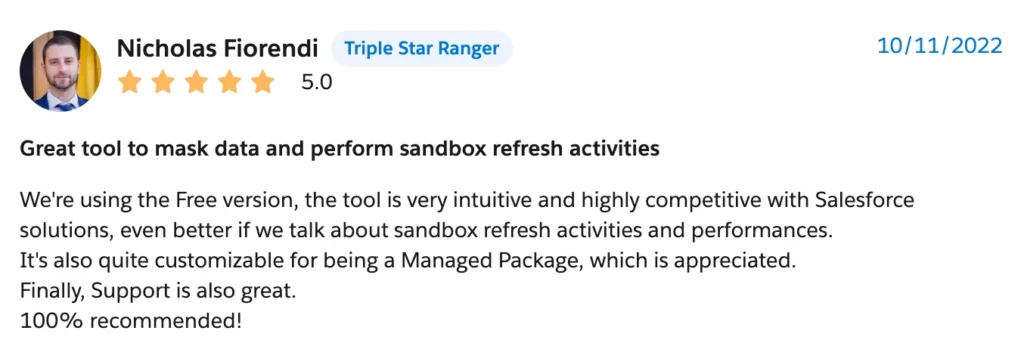
Data Masking replaces sensitive data with non-sensitive data with similar properties, such as dates and numbers, while preserving the data’s original structure.
This way, developers can work with realistic data sets without exposing sensitive information.
In conclusion, while both Salesforce Shield Encryption and DataMasker are effective data security solutions, they serve different purposes.
Shield Encryption is used on production Salesforce orgs to protect sensitive customer data, while DataMasker is used on sandbox orgs to mask sensitive data and keep it secure.
Check out DataMasker on AppExchange or learn more on Cloud Compliance’s DataMasker for Salesforce Sandbox.
Did we miss anything? Please share your thoughts here

CEO/Co-Founder of Cloud Compliance and GPTfy
Talks about Salesforce Data Security, Privacy, AI, GDPR, CCPA, Data Management, Data Protection, and Enterprise Architecture

Data masking vs data seeding: Which approach keeps your Salesforce sandbox secure while enabling development teams?
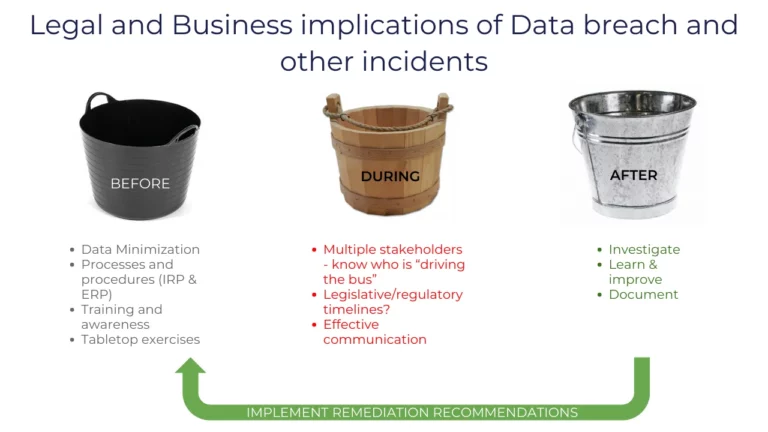
Because in the realm of data security, especially concerning Salesforce, understanding the holistic approach to data protection is not just beneficial – it’s essential.

Explores how data masking is key to strengthening your Salesforce security.

Disclaimer: To all readers, please note that this not legal advice, nor is this coming from Salesforce. This is strictly my personal opinion and perspective
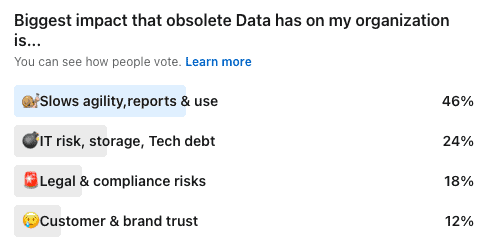
Marathon runners obsess over their socks and shoes – because to outdo their past performance, they need to take advantage of everything at their disposal.
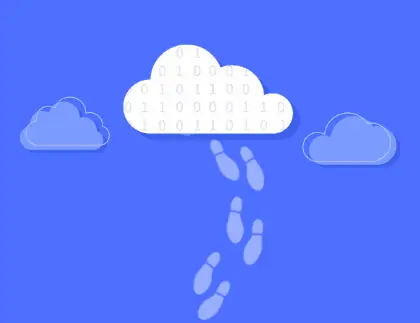
Reducing Salesforce data footprint directly reduces the cost and risks of potential data leaks and embarrassment, as well as benefits your organization. Here are

We earlier talked about reducing production data. The third step to reducing data in your Salesforce org is to define retention policies. The idea here
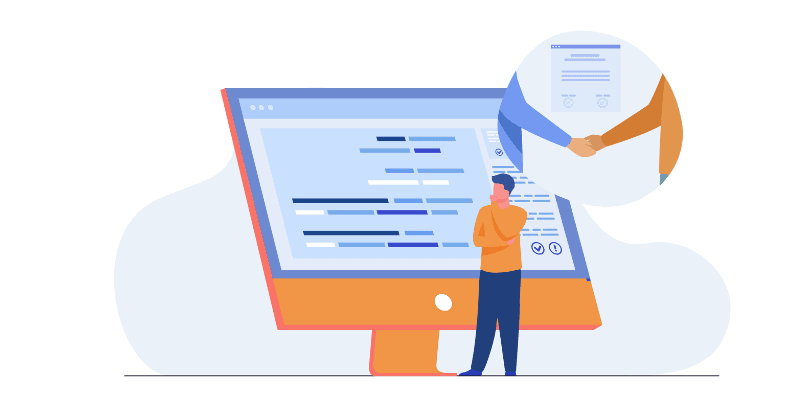
We talked earlier about masking sandboxes. The second step is to reduce production data. The idea here is that obsolete information in your Salesforce production

Why should you mask data in Salesforce and what kind of data should you be masking to ensure security, compliance and trust. Let’s take